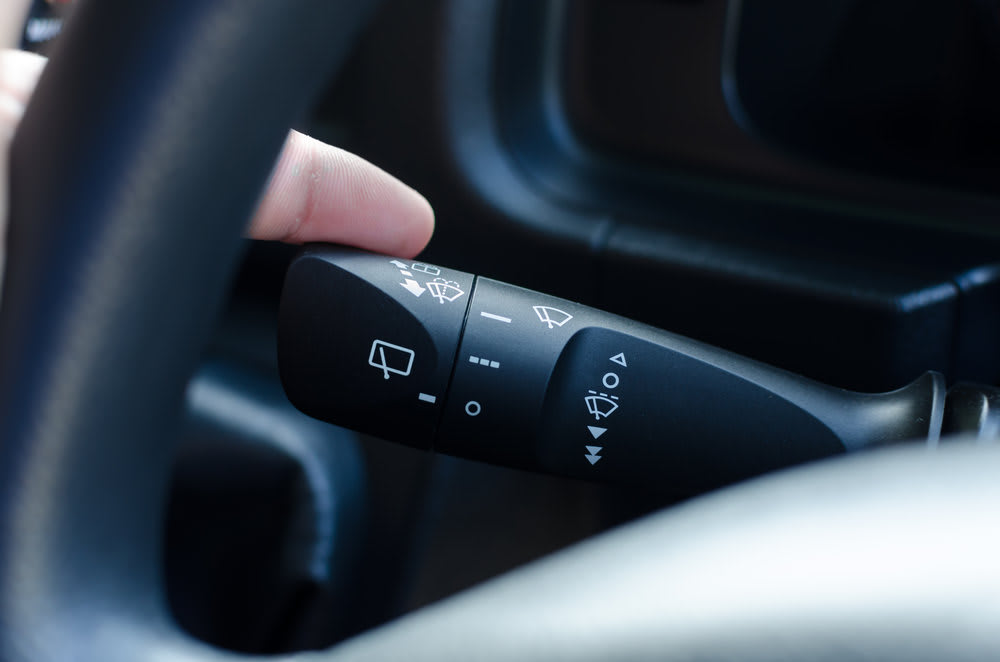

When you drive, it is not uncommon to see a motorist with a turn signal on when there is no approaching exit or turn, and obviously no intention on changing lanes or turning anytime soon. In this situation, either the turn signal cancel cam is not working or they have forgotten to turn their signal off manually. How does your car know when you finish a turn so it can turn the signal light off?
Turn signals operate in a few simple steps:
Power is supplied to the turn signal lights when the signal lever is pressed. The flow of electricity to the turn signals is sent through a fused circuit and a flasher to the bulbs. The signal lever stays caught in place at this time.
The turn signals continue to operate while the steering wheel is turned. Power continues to flow to the turn signals in that same manner while you make the turn. It isn’t until your turn is complete and you return your steering wheel to the center position that the signal lights turn off.
The turn signals are cancelled when the steering is turned to center. As you turn the steering wheel back to the center position, a cancel cam on the steering column comes into contact with the turn signal lever inside the column housing. The cancel cam lightly presses on the signal lever and turns the signal lever off. The signal lights no longer flash.
If you are making a slight, gentle turn, or if the cancel cam is broken or worn out on your steering column, you will need to manually turn off your signal lights. A light press on the signal lever will let it spring back to the off position, turning off the signal lights.



